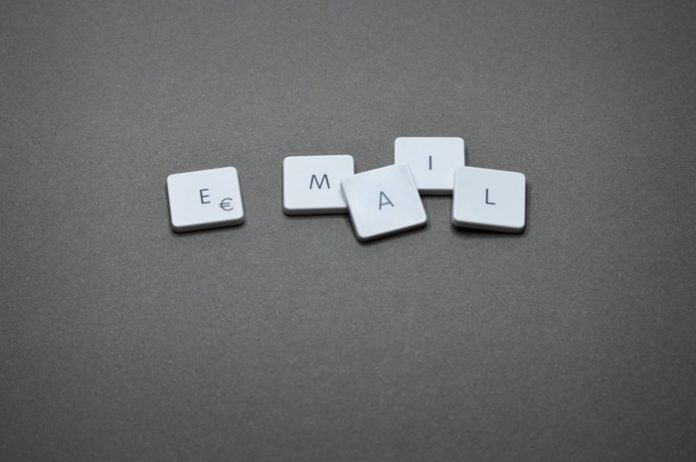Email has become the go-to way for business communication, but it’s an especially essential tool to the home business owner who often operates their daily business in complete isolation, away from partners and often, even employees. Email is crucial to how home business owners communicate ideas, interact with potential customers and ultimately, run their business. But how do you know if you’re doing it right? How can you be sure that you’re sending the best message possible?
Whether you’re reaching out to investors for your next fundraising round or trying to sell your latest product, crafting the perfect email is something that takes time and effort. You may put down your first draft at the start of your day when you sit down at your desk (or kitchen table). Then, you’ll revisit it after lunch and contemplate every last word throughout the afternoon, before you make a few last minute tweaks and send it off at the end of your workday. If the recipient is an average email user, it’s one of the 147 messages that they received throughout the day. And how do you know if its a success? Well, you must wait for a response. Hopefully it’s the one you want — like they’ll invest in your company or buy your product.
Other than getting a response though, there is no real way to know if you’re using email correctly. Did you include too much information? Not enough? Where you too matter-of-fact? There are endless variables to consider, yet no way of measuring if we’re actually doing it right. There are, however, research-based tips that you can keep in mind when crafting your perfect message that will help you get the end result you’re looking for:
- Remember elementary school phonics? Write like you did back then: Writing an email isn’t the time to show off those S.A.T. words you remember from back in the day. Research shows that if you want a response, emails written at a 3rd grade reading level have a 36% higher response rate over emails where you’re showing off your college education. Of course, there are exceptions to this rule — an app developer working with a research facility may have a tough time dumbing it down — but the best way to simplify your writing is to use words with less syllables and keep sentences short.
- Keep it short, simple and to the point: TLDR. Too long, didn’t read. We’ve all seen in it, some of us have gotten it. When writing an email, there is no need for some long prose. Much like the words and sentences that make up your email, keep the overall message short and simple. You want to aim for a message that’s somewhere between 50 and 125-words, which should be enough space to get your point across without rambling. Don’t keep it too short though. Any message under 50 words was much less likely to get a response than anything in the sweet spot.
- That goes for the subject too: Add any more than three or four words in your subject line, and your response rate will start to dip, so you’ll want to keep subjects short too. If you need to add a word or two for clarity, go ahead and do it because getting a clear message across is most important. Whatever your subject, just make sure you have one — emails with no subject line were only responded to 14% of the time.
- Ask some questions: Questions drive action so it’s no surprise emails that feature one to three questions are 50% more likely to get a response than emails with no questions at all. Of course, there’s a fine line. You don’t want to bombard your recipient either because when messages feature more than three questions, the likeliness of a response continues to go down.
- Show some emotion: Whether positive or negative, adding a little bit of sentiment to your messages increases the chances that you’ll get a response. Over-flattery won’t work, and no one is going to take the time to respond to a negative email, but messages that include some connotations — whether positive or negative — and feature words like great, wonderful, delighted and pleased, as well as bad, hate, furious and terrible are more likely to garner a response.
For the home business owner, there is no escaping email, but at least, using these data-tested tips, you’ll know that you’re doing your best to get a response. Even if it’s a “no”, that at least shows your message is resonating, and recipients are engaging with what you have to say. At the end of the day, there’s no blueprint or “one rule fits all” secret for writing an email that is going to get the response you’re looking for, but there are better ways to write an email, and it starts with the tips mentioned in this article.
Find a Home-Based Business to Start-Up >>> Hundreds of Business Listings.

















































